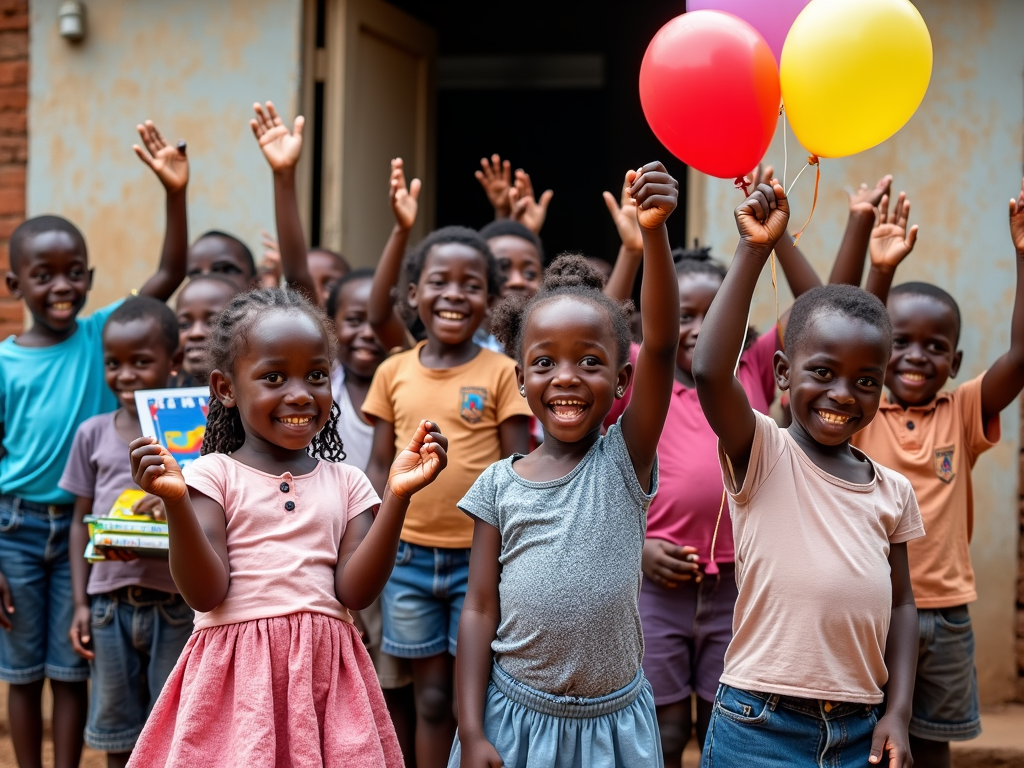Empowering Communities: The Transformative Power of Volunteer-Driven Educational Programs
By , April 13, 2025
Overview\n\nVolunteer-driven educational programs light up communities by offering learning opportunities where they’re needed most. Powered by passionate volunteers, these efforts do more than teach—they transform lives and spark social change. This article explores their impact, challenges, and how they inspire us all.

Why Volunteer-Driven Education Matters\n\nMany places lack the resources for good education. Schools might have too few teachers or not enough books. That’s where Educational Programs Powered by Volunteers come in. These programs bring people who care into classrooms, tutoring sessions, or workshops to help students succeed.\n\nTake rural villages, for example. A volunteer might travel hours to teach kids in a simple room with a dirt floor. They don’t just share math or reading—they bring hope. Studies show this matters: a Harvard University report found volunteer teachers boost student performance by up to 20% in struggling schools.\n\nVolunteers also add variety. A carpenter might teach woodworking, or a nurse might share health tips. This mix opens kids’ eyes to new ideas and possibilities.

Real Examples That Inspire\n\nSome programs show just how powerful volunteers can be. Teach for America sends college grads to teach in tough schools for two years. Many stay in education afterward, hooked on making a difference. Another gem is Room to Read, where volunteers build libraries and help girls stay in school. They’ve reached millions since starting.\n\nThese aren’t just stories—they’re proof. Volunteers turn ideas into action, creating lasting change one lesson at a time.

Impact of Volunteer Initiatives on Local Communities\n\nThe effects go beyond school walls. When volunteers teach, they lift up entire neighborhoods. Kids who learn more can get better jobs later, helping their families escape poverty. A United Nations report says education cuts poverty rates by nearly half over time.\n\nPlus, these programs change minds. In places where school wasn’t valued, volunteers show why it matters. They build trust and teamwork, pulling everyone together for a stronger community.

Challenges Along the Way\n\nIt’s not all smooth sailing. Keeping these programs going is tough. Volunteers might leave, or money might dry up. Quality can slip too—good intentions don’t always mean good teaching. Some communities push back, unsure about outsiders or new ways.\n\nTraining helps, but it takes effort. Programs need to partner with locals and plan smart to keep the good stuff going.

How You Can Join In\n\nWant to help? You can! Volunteer to teach, mentor, or even raise funds. Not sure where to start? Check out tips from the National Education Association. Look for programs that match your skills—like reading help if you love books.\n\nIt’s rewarding too. You’ll meet people, learn new things, and see the difference you make firsthand.

Summary\n\nEducational Programs Powered by Volunteers are game-changers. They tackle gaps in learning, spark volunteer advocacy initiatives for social change, and strengthen communities. Challenges exist, but the benefits—smarter kids, tighter bonds, brighter futures—are worth it. Get involved, and be part of something big.